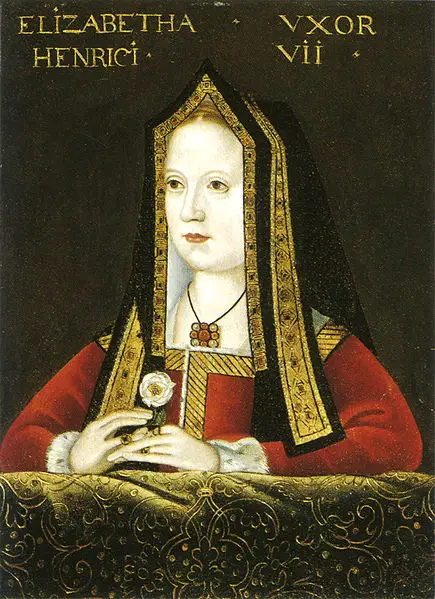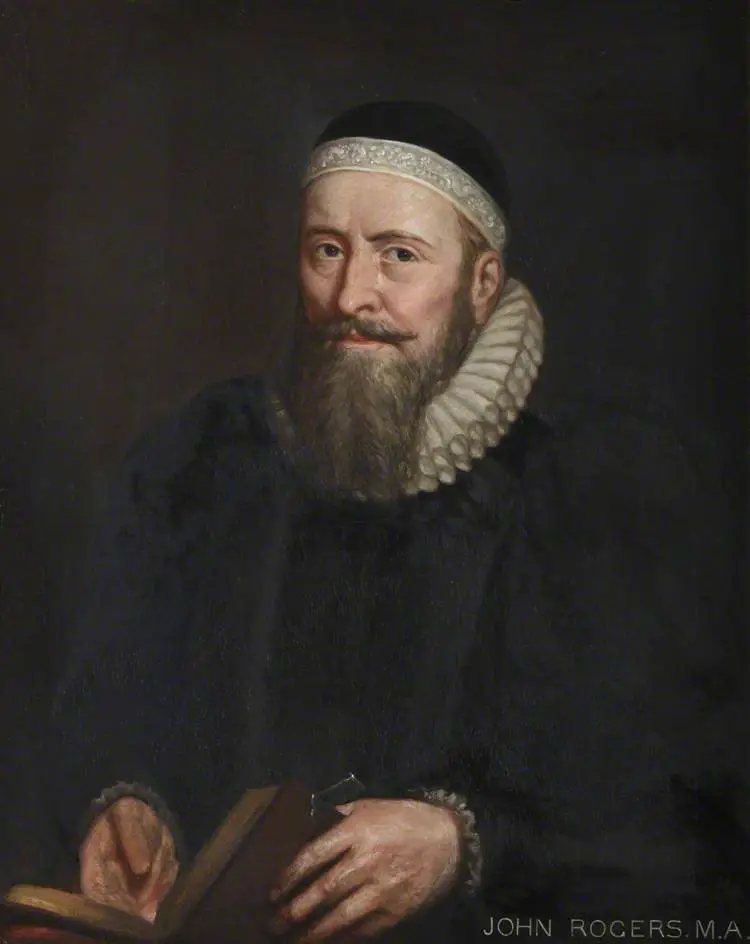 On this day in history, Wednesday 8th February, Mary, Queen of Scots was executed at Fotheringhay Castle, following the arrival of her death warrant at the castle the day before.
On this day in history, Wednesday 8th February, Mary, Queen of Scots was executed at Fotheringhay Castle, following the arrival of her death warrant at the castle the day before.
Mary had been tried in October 1586 for her involvement in the Babington Plot, a plot to assassinate Queen Elizabeth I, and had been found guilty. Elizabeth I put off signing her death warrant, struggling with the idea of killing an anointed monarch, but finally signed the warrant on 1st February 1587, although Elizabeth claimed later that she ordered her secretary, William Davison, not to do anything with it for the time being. As I mentioned in my article on the death warrant, Elizabeth's Privy Council met and agreed to send the warrant to Fotheringhay without the Queen's knowledge. It is impossible to know exactly what happened. Did Davison misunderstand the Queen's instructions and intentions? Probably not. Some historians believe that William Cecil, Lord Burghley, chose Davison to be a scapegoat because he realised that Elizabeth needed someone to take the responsibility for Mary's death away from her, but others believe that it was Elizabeth who chose Davison as the scapegoat.
Although London rejoiced at the news of Mary's execution, Elizabeth did not. According to William Camden, when she was given the news at 9am the next day, "she heard it with great indignation, her countenance and her words failed her, and with excessive sorrow she was in a manner astonished, insomuch as she gave herself over to grief, putting herself into mourning weedes, and shedding abundance of tears". She then "sharply rebuked" her council and "commanded them out of her sight." So great was Elizabeth's fury that Sir Francis Walsingham fled to his home, pretending to be ill, and Robert Dudley, Earl of Leicester, and Lord Burghley were banished. Poor Davison, the scapegoat, was arrested, tried and sentenced to imprisonment in the Tower and heavily fined. Burghley managed to rescue the poor man from being hanged.
Elizabeth then had to deal with the aftermath of Mary's execution, which included the Pope calling for Philip of Spain to invade England as soon as possible and Henry III of France calling Elizabeth "this bastard and shameless harlot". By April, though, things had calmed down and there seemed that there were to be no reprisals from Catholic Europe.
Mary, Queen of Scots was laid to rest at Peterborough Cathedral with the royal honours deserving of a queen. In 1612, Mary's son, King James I, ordered that his mother should be moved from Peterborough to Westminster Abbey. It is at the Abbey that she can be found today, in a chapel opposite that of the woman who signed her death warrant, Elizabeth I.
You can read a primary source account of her execution in my article 8 February 1587 – The Execution of Mary, Queen of Scots: A Primary Source Account
Also on this day in history, 8th February 1601, Robert Devereux, 2nd Earl of Essex, his supporters and two hundred soldiers gathered at Essex House. Essex then marched into the city crying "For the Queen! For the Queen! The crown of England is sold to the Spaniard! A plot is laid for my life!". This was Essex's Rebellion - members can click here to read more.
Notes and Sources
Image: Execution of Mary, Queen of Scots, unknown Dutch artist, 1613.
- Camden, William (1635) Annales or, The historie of the most renowned and victorious princesse Elizabeth, late Queen of England, printed by Thomas Harper, London, p. 345. Available to read online at Google Books.
- Weir, Alison (2009) Elizabeth the Queen, Vintage.
- Guy, John (2004) My Heart is My Own: The Life of Mary Queen of Scots, Harper Perennial.



It is also said that Mary’s little skye terrier, called Geddon, was hidden under her mistress skirts when she was executed and that when the executioner bent down to pick up Mary’s head her head came away in his hands and he was left hold Mary’s wig. Mary’s head rolled off the scaffold and onlookers saw that all that was left of the once wonderful auburn hair was thin grey stubble, which I believe a French Poet called Joachim du Bellay wrote a poem dedicated to it’s beauty.
Mary’s dog came out of her skirts and bit the executioner and lay in it’s mistresses blood and refused to allow anyone near Mary’s body, eventually it had to be dragged away and washed clean of Mary’s blood, however it refused to eat and died shortly afterwards. Rumours speak that it may well have been buried with Mary, but I think this would be highly unlikely. Chances are it was simply buried somewhere in the grounds of Fotherghay.
J`aimes l`histoire
Lord Burleigh was responsible for her death. He forged her reply and added an admission of guilt that she never wrote. Bastard. I hate liars.
Lord Burleigh was responsible for her death. He forged her reply and added an admission of guilt that she never wrote. Bastard. I hate liars.
You are making this very difficult.
Wow, I really must read more about the Royal family. I did once tour through Chatsworth Castle in England, and there was a lovely large set of rooms that it was said that Mary Queen of Scots had stayed when she was waiting for her sentence.
A lovely small castle to view if you are ever in that area.
Love the Tudor era. Love these articles. Thank you!
Mary Queen of Scots saw herself as a Catholic martyr, hence the scarlet dress, the colour of holy death. Mary was set up, it is true, but she also encouraged those who would free her. She didn’t wish to kill Elizabeth, she wanted freedom. Elizabeth had no right to execute Mary, a sister Queen, not her subject. Doing so sent a message that monarchs could be tried and killed and she risked her own public getting ideas. Although Elizabeth did hesitate about signing the death warrant, her anger at those who carried out her orders were a pretence. Elizabeth claimed that she did not intend for the execution to take place, but she was only pretending and attempting to deflect blame. Of course Elizabeth knew that the warrant had gone and consented, nobody would have dared to carry out regicide without royal consent.
Mary, blessed Queen of Scotland and the Isles, France and England rest in peace. May Eternal rest be granted to her and perpetual light shine upon her. Amen. YNWA.
The account mentions a Mr. Beale as reading the Queen’s commission. My Scottish ancestors are Bealls. Does any one know anything of this man? A bit of coincidence.
Hi Marian,
Robert Beale was an English diplomat who was involved in negotiating with Mary, Queen of Scots in the 1580s – see https://www.bl.uk/eblj/1994articles/pdf/article5.pdf, http://www.historyofparliamentonline.org/volume/1558-1603/member/beale-robert-1541-1601 and http://emlo-portal.bodleian.ox.ac.uk/collections/?catalogue=robert-beale. He wasn’t Scottish.
Rest in peace, Mary, Queen of Scots. Elizabeth had no right to execute an anointed Queen, no matter if she was guilty or not. Elizabeth knew that which was why she pretended not to know or give the consent to the warrant and later blamed the person who took it to the council. Elizabeth was rightly judged for this by history and the guilt of Mary has never been proved.